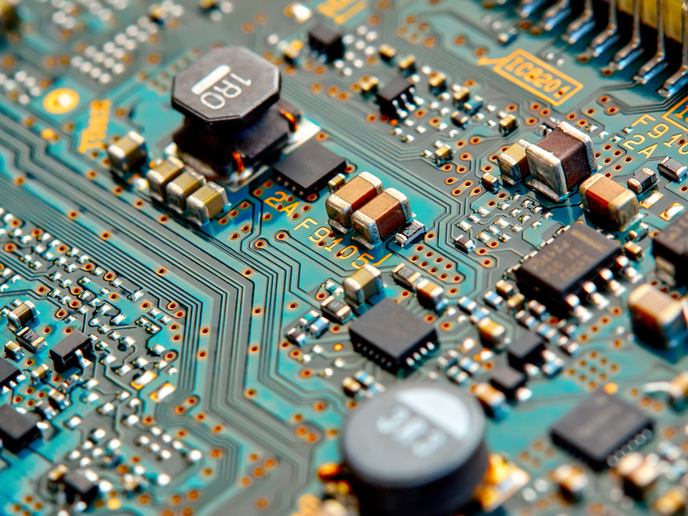A deeper look at micro components
MEMS are ubiquitous – used in accelerometers, gyroscopes, pressure sensors, microphones and more. These components are essential and integrated into automotive electronics, gaming equipment, and mobile communication applications. All these MEMS are manufactured using microfabrication tools, primarily in three-dimensional (3D) processes. Manufacturers require sophisticated inspection tools for 3D microstructures, but the current methods may leave critical defects unnoticed, and the manual alternatives are too expensive. The EU-funded CITCOM(opens in new window) project set out to drastically improve the manufacture of MEMS by increasing the technology readiness level (TRL) of 3D-imaging and X-ray-inspection equipment. The researchers planned to have their inspection equipment ready to be implemented by manufacturers such as Philips(opens in new window) or Microchip(opens in new window) as potential end-users.
Two modules for MEMS inspection
CITCOM developed two modules; a 3D-vision in-line system to inspect 100 % of the MEMS production, and a side-line X-ray system that can be used for selective and advanced analysis. Researchers created the optical 3D-vision module based on a conventional micro-electrical wafer prober retrofitted with a light-field camera and automated inspection software to detect important information from light. “These cameras capture the information of light ray’s origin in 3D space, via a microlens array placed closely in front of a conventional photosensitive chip,” remarks CITCOM project coordinator, Francesco Crivelli. “After calibration of the camera the imaged object is computationally reconstructed, resulting in a 3D-depth map and a fully focused image.” The CITCOM X-ray system comprises an X-ray source the researchers especially developed for this project, a detector, and a manipulator. The researchers equipped the system with a large 5.5 MP charge integrating detector to effectively detect submicron defects. The team developed dedicated software that automates the inspection for both modules, and they created backend software that integrates imaging hardware control, steers image analysis workflow, and relays information to all other components of the inspection system. The researchers created an automated defect recognition functionality that uses deep learning(opens in new window) to detect anomalies such as defects and foreign particles.
Reliability-testing the modules
Researchers tested the CITCOM system’s reliability and robustness on MEMS samples provided by the end-user partners. For reliability testing, CITCOM used specialised laboratories for the samples provided by Microchip. The team found that CITCOM has the potential to improve production efficiency by providing the tools needed to identify defects at an early production stage. CITCOM found that their system increased efficiency, reduced the electricity used and the waste produced, which reduced maintenance and operation costs by up to 76 %. They found a potential 40 % decrease in environmental impact categories that include climate change, energy use and eutrophication. “The successful closure of the CITCOM project is underlined by the concrete intent shown by several partners to continue the collaboration beyond the end of the project,” Crivelli remarks. “This will allow us to test the setups in a real production environment and to finalise the technology toward commercialisation.” When actual production yield of complex MEMS and microsystems improve, the enhanced sustainability of the process will reduce waste, positively impacting the environment.







